Often in the build up to Christmas and the New Year, politically sensitive topics are quietly released or consulted on. This year it looks like a consultation on the Climate Change Bill featured in late December.
Following the Prime Minister and the Federal Energy Ministers’ announcements that Australia was on track to ‘‘meet and beat’’ its target of 26 to 28 percent carbon reduction based on 2005 levels by 2030, various companies and lobby groups have used the consultation on the Climate Change Bill to voice their opinions.
Behyad Jafari, the Chief Executive Officer of the Electric Vehicle Council of Australia (EVC), a national body representing companies involved in providing, powering and supporting electric vehicles, has raised concerns by making a submission to the Climate Change Bill 2020.
Behyad Jafari said flawed projections on transport emissions could put the emission reduction targets in doubt.
The Morrison Government has not provided incentives to buy electric vehicles and this will jeopardise Australia’s attempts to curb transport emissions to meet international climate targets, according to EVC.
The emissions projection report released in December showed the uptake of electric vehicles is projected to increase from 1% in 2020 to 26% in 2030, however the EVC highlight that the predicted uptake of EVs by the end 2030 is too ambitious under the current energy policy.
The uptake of EVs to 26% would take 6Mt of emissions out of the transport sector.
‘‘The really disappointing thing is we have the government picking and choosing a projection to help them reach a number… It’s sort of reverse-engineering their way to say they are going to meet their climate targets’’ Mr Jafari said.
As previously reported, the electricity sector is on track to reduce its emissions by 60Mt by 2030, but other sectors such as transport and fugitive emissions from extracting mining, are not reducing their emissions but in some cases are increasing emissions through the Safeguard mechanism.
EVC argue the government’s current approach to EVs, i.e. leaving the market to determine whether people drive internal combustion engine cars or EVs would not help boost the uptake of EV’s to achieve the 26% target by the end of 2030.
Currently EVs make up 0.6% of new car purchases in Australia, compared to 3.5% worldwide. This uptake has been fueled by government policy and financial incentives to buy an EV. The UK have imposed tough policies to ban petrol cars by 2030.
As with most sectors, COVID-19 has impacted transport emissions. In 2020 transport emissions dropped by 7Mt because of lower economic activity, lockdowns and people being cautious about travel. Through 2021 and into 2022, transport activity is expected to rebound as restrictions ease. It is expected emissions will peak at 101Mt in 2026, before declining to 100Mt by 2030. The heavy transport sector, including trucks and rail were not significantly affected by COVID-19, this sector is expected to grow over the next decade and be 1Mt higher by 2030.
The EVC also argue the federal government emissions modelling did not take into account the new state taxes which studies indicate could decrease EV uptake by between 25 and 38 percent.
South Australia and Victoria are considering new taxes to help make up for the future shortfall in petrol excise through a charge per kilometre for electric vehicles to be paid by drivers annually.
Another report released at the end of 2020 was the governments Future Fuels Strategy which outlined how the Commonwealth was going to deliver charging stations for EVs. The $71.9 million fund would work with private companies to address public ‘charging black spots’. The government has previously committed $21 million towards EV charging stations along Australia’s national highways through Australian Renewable Energy Agency (ARENA).
The Future Fuels Strategy states ‘‘ensuring consumer confidence in buying new vehicle technologies is a priority for the government.’’ The government has shown interest in commercial fleets, as well as the Commonwealth’s own Comcar network, to move to EVs.
Based on where the funding is going we will have a strong network of charging stations across Australia’s national highways and a small percentage of drivers using the charging stations.


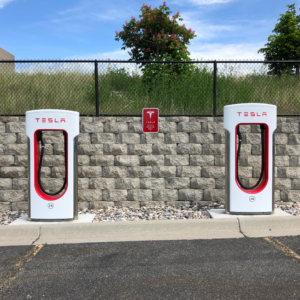 Tesla has failed to reach its 2020 goal of delivering 500,000 units for the full year, but not by much. In 2019 Tesla delivered 367,500 vehicles but this year sales have increase 36%. This resulted in the company now mass producing its market favorites to meet the growing worldwide demand for EVs.
Tesla has failed to reach its 2020 goal of delivering 500,000 units for the full year, but not by much. In 2019 Tesla delivered 367,500 vehicles but this year sales have increase 36%. This resulted in the company now mass producing its market favorites to meet the growing worldwide demand for EVs. Intertwined with Christmas and New Year celebrations, Edge2020 capped off the ‘year that was’ with excellent news regarding a 58MW renewable power purchase agreement (PPA) we brokered, and the re-signing of our longest serving and largest client.
Intertwined with Christmas and New Year celebrations, Edge2020 capped off the ‘year that was’ with excellent news regarding a 58MW renewable power purchase agreement (PPA) we brokered, and the re-signing of our longest serving and largest client.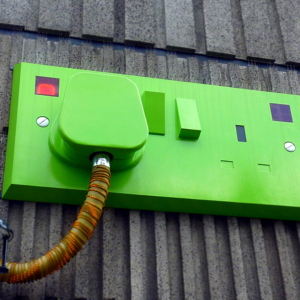 The Clean Energy Regulator (CER) states that the Renewable Energy Target (RET) is there to “reduce emissions of greenhouse gases in the electricity sector and encourage the additional generation of electricity from sustainable and renewable sources.”
The Clean Energy Regulator (CER) states that the Renewable Energy Target (RET) is there to “reduce emissions of greenhouse gases in the electricity sector and encourage the additional generation of electricity from sustainable and renewable sources.”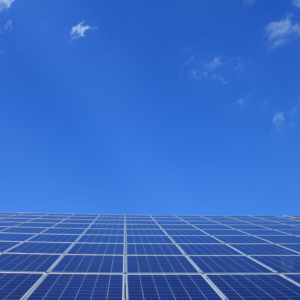 The emission projections released by Federal Energy Minister Angus Taylor on Thursday, showed Australia is on track to reduce emissions by 28%.
The emission projections released by Federal Energy Minister Angus Taylor on Thursday, showed Australia is on track to reduce emissions by 28%.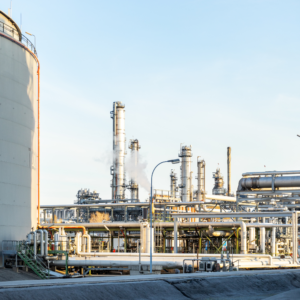 Are fossil fuels still driving Shell? Will they shift gear to greener fuels? What will the impact of this decision have on the Australian energy industry?
Are fossil fuels still driving Shell? Will they shift gear to greener fuels? What will the impact of this decision have on the Australian energy industry?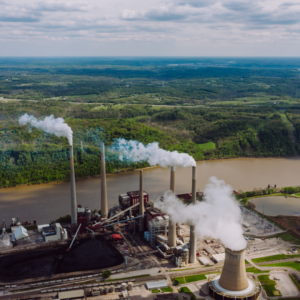 The Australian Petroleum Production & Exploration Association (APPEA) have commissioned a report by EnergyQuest. It shows overseas evidence that government intervention through domestic gas reservation systems and price setting does not guarantee lower prices.
The Australian Petroleum Production & Exploration Association (APPEA) have commissioned a report by EnergyQuest. It shows overseas evidence that government intervention through domestic gas reservation systems and price setting does not guarantee lower prices.